Dear creative friends,
Welcome to Issue No. 49 of the Studioworks Journal! Happy New Year if you are reading this in January 2023! As always, I’m delighted you are here with me and I’m excited to share this with you. This month as we kick off the year, I thought it might intriguing to look at the world of photography - how it impacted Art and how we can use it in our creative practice.
I fell in love with taking my own photos shortly after having my first daughter, Grace! Who doesn’t want to take beautiful pictures of their new adorable baby? Our phones weren’t up to speed yet, so I became friends with a DSLR camera and embarked on a photography journey that reignited my creativity and would eventually lead me back to drawing and painting!
Let’s learn more about the fascinating art and history of photography!
xo,

So you may be wondering, where do I start? To that, I say, wherever feels right to you. Each month we will have a theme, a creative affirmation, a power word, a color palette, sketchbook exercises, art projects, articles, recommended reading, and access to wonderful inspiration and resources. I want you to think of this as a delicious new magazine, you know the ones you occasionally splurge on, with soft, velvety pages, beautiful images, and inspiring content!
Each issue will invite you to explore your creative practice in whichever way works for you. Experience each issue at your own pace. Take what resonates with you and put the rest aside for another time.
Grab a cup of something lovely and dive in.
From our current vantage point, where it has become commonplace to carry handheld computers capable of immediately snapping perfect photos with little skill on our part, it can be hard to picture a world without photography. Yet, for most of human history, the only way to lock down an image was to paint it—this required immense skill on the part of the painter and patience on the part of any animate subject.
Photography didn’t magically appear overnight. Its precursor, the camera obscura, was discovered in approximately the 4th century B.C. A darkened room with a small hole in one wall comprised the device. When the surrounding area was well-lit, a perfect inverted image was reflected on one wall and could be traced.
The camera obscura was large and ungainly, but a portable version wasn’t invented until the 1600s. It would take another two hundred years before the first photographer, Joseph Nicéphore Niépce, could obtain a permanent image reliably. The impact of this breakthrough created a sensation around the world.
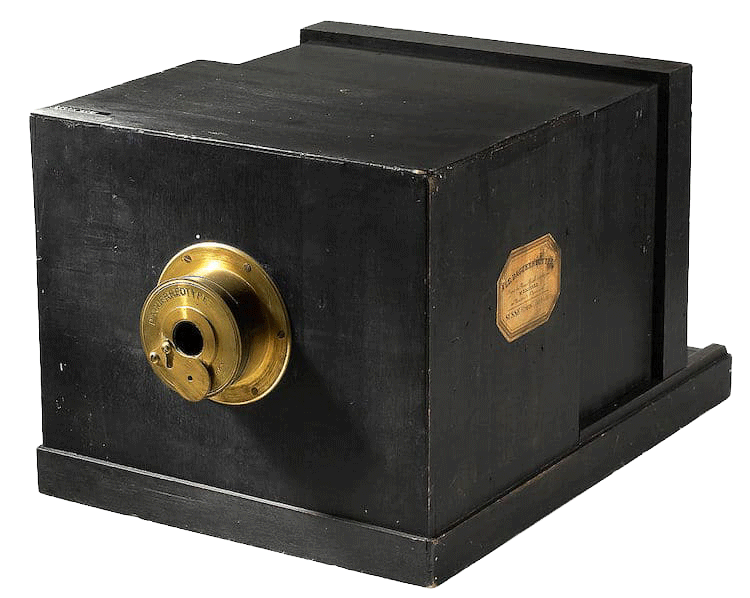
Change is frequently fraught with resistance. Naturally, when artist and showman Louis Daguerre made the first widely available photographic process, the Daguerreotype, available in 1839, reactions were not entirely favorable.
Some painters rejected the medium wholesale considering it a cheap, industrialized, commercial tool. Others, such as the father of Realism, Gustave Courbet, chose not to imitate or copy photographs yet still showed an interest in the medium and were friendly with photographers. Yet others, like the teacher and artist Jean-Léon Gérôme, embraced the new technology with enthusiasm and taught his students to do the same.
Part of this ambivalence resulted from an initial difficulty discerning whether photography was a science or an art. This confusion was understandable because clunky equipment and necessary knowledge of chemistry made early photography feel technical. Yet, photos also undeniably require creativity, skill, and knowledge of composition, light, and aesthetics. It took twenty years, but by the the1850s, photographers had argued their way into the first two World’s Fairs, a feat that cemented their place in the art world.
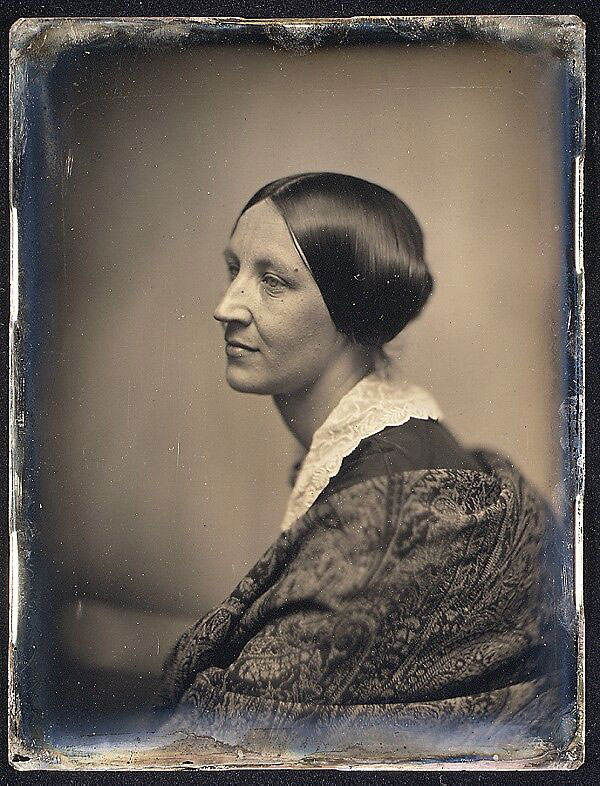
Few things, if any, ever occur in a vacuum, and influence tends to flow both ways. Art undeniably influenced photography but was also fundamentally changed by it. Unsurprisingly, the subjects of early photographers mirrored those of painters, consisting primarily of portraits, landscapes, and still lifes. At the same time, the ability of photos to capture and preserve exact images influenced painters to emphasize mood, nuances of expression, and use of color to distinguish their work.
In addition, photography helped to usher in an era where art was no longer solely the province of the wealthy. For example, art prints became available, and those who could not afford to have a portrait painted could more readily obtain a photograph. This process helped to transform the Paris Salon, the ruling authority on art for centuries, paving the way for later artists (e.g., Impressionists) to break with tradition.
Eventually, equilibrium between the crafts ensued, wherein a more mutually respectful relationship could mature. Photography clearly learned and benefited from its elder sibling. Art undeniably gained tools from the permanent capturing of a moment and the appreciation of the day-to-day that a photo can offer. Both were transformed and continue to be by their tandem growth.
When reflecting on the past, it can be easy to lose sight of the contemporary relevance of what you’re observing. Contemplating the impact of photography on art reveals how beneficial it is to recognize the ongoing nature of change and highlight how helpful it is to maintain an adaptive mindset.
New technologies, shifting perspectives, changing social values, and individual abilities are constantly in flux. Still, successful artists, and humans, are those that can learn to incorporate newness where desired and transcend or deny it when that is preferable.
We don’t have to change our style because of the latest trend. Likewise, we don’t have to reject a new tool because it is foreign to us. We can pick and choose, breaking new ground and discovering possibilities in the process. In other words, a negative doesn’t always have to be bad; it might just be something that needs developing (wink-wink).
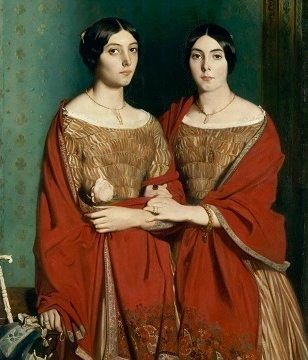
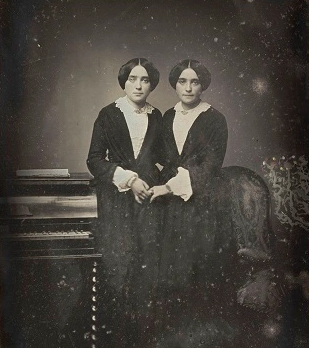
What is art? This question is continually revisited and often hotly debated. However, many of us agree that it frequently entails beautiful imagery created for enjoyment. Photography is a way to produce such images instantly, and the moments it captures can serve as a launchpad for myriad other creations to be brought to life. Though a complete art form in itself, it also offers potential as a tool and a muse.
As artists, we can sometimes fail to utilize all sources of inspiration and technical assistance out of fear of being deemed unskilled. However, with time, many of us discover that the more fluidly we engage with all available aids to our craft, the more our art benefits. As you may already suspect, photography unearths a treasure trove for the creative process, which begs for exploration.
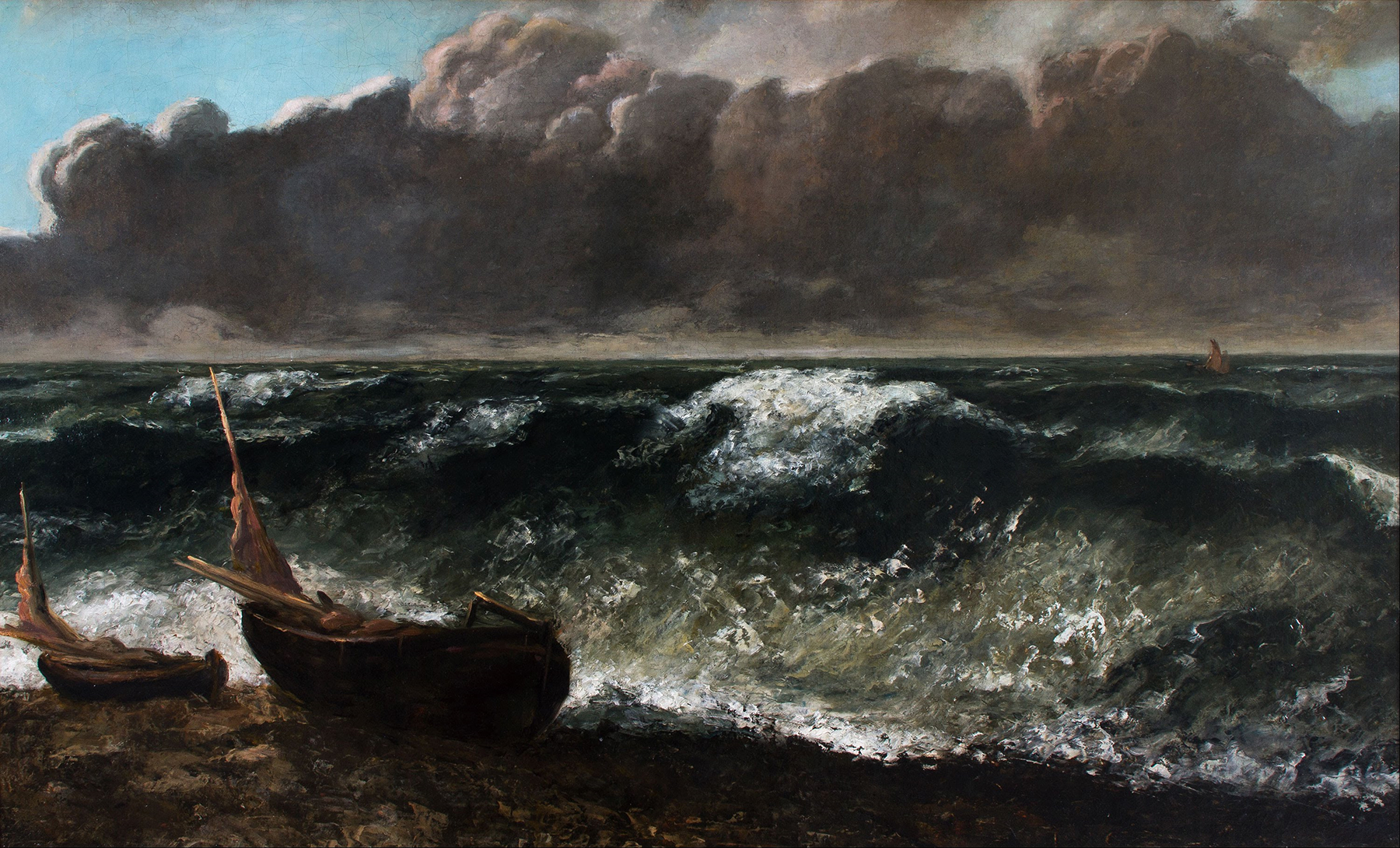
From the moment pictures could be made permanent in 1826, the art world changed forever. Some people embraced the change, and others decried it. Regardless, photography irrevocably altered the way we view things.
Fine art always attempted to create realistic images; even if the subjects were mystical, spiritual, or otherwise fantastical, the goal was that they appear accurate. Photographs suddenly made it possible to recreate not just the life-like but the real, a moment captured in its entirety just as it was. Naturally, some painters felt threatened by the new kid on the block, but eventually, the adversarial dynamic between artists and photographers morphed into unity.
Ideas soon began to flow freely back and forth. Some pictures mimicked classic paintings, such as an anonymous portrait which is strikingly similar to Théodore Chassériau’s piece The Two Sisters. In this instance, the tricks of painting readily translated to photography.
Likewise, there are great works speculated to owe some debt to a photo, like the Courbet painting The Wave. In fact, Impressionists from Claude Monet to Degas and Whistler found inspiration in the photographs of Gustave Le Gray, and Henri Le Secq, among others.
Undoubtedly, the invention of photography changed the entire conversation around what constitutes art. A new school of thought, Pictorialism, was born out of this. Alfred Stieglitz, and other early establishers of photography as art, helped to demonstrate how the camera can be used much as a paintbrush and with equal skill. They displayed their artistry through their play with shadow and light and their manipulation of prints in the darkroom.
Whether using a picture to paint from, being inspired by photographic accidents like “soft focus” (think Ansel Adams), or physically incorporating a photo into a piece, photography has, since its inception, been an agent provocateur for artists of all stripes.
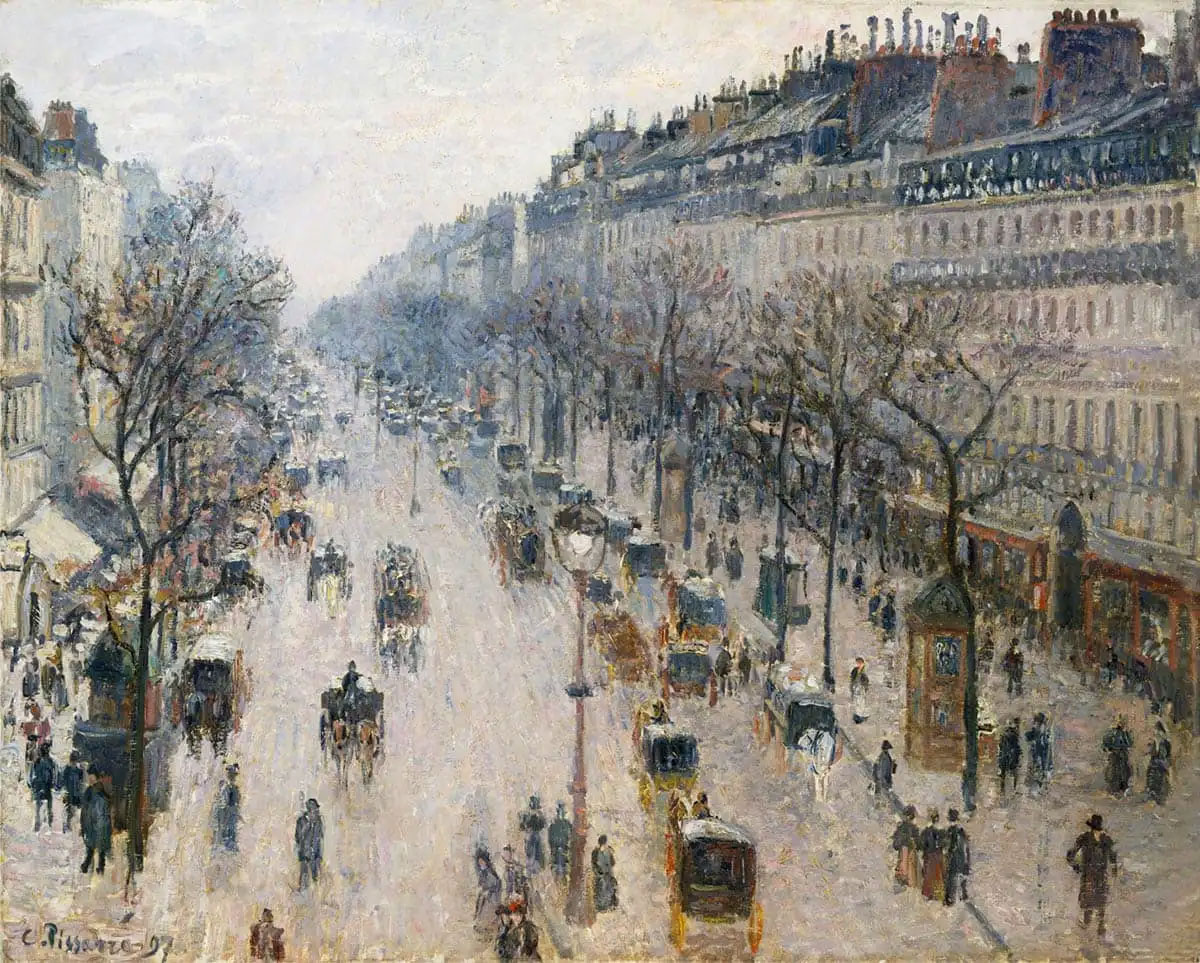
There are countless ways to engage with photography that ignite inspiration. It can be as simple as capturing an image that initiates a cascade of memories to light up your imagination. It can also be more technical, as when a tattooer traces a photo using a light box and then transfers that image to skin, making a permanent mark.
Perhaps you take a close-up of a favorite item/flower/person and then paint what you see. Alternatively, you zoom out as far as possible and include all the surroundings, emphasizing context and showing the place of the valued thing on a larger scale.
Regardless of how you choose to incorporate photography into your artistic journey, the more you play with it, the more valuable and enjoyable it becomes. Documenting moments is a miraculous thing. Life does not appear the same way from one second to the next, let alone over the span of a day; pictures effectively remind us of this.
The records we keep on our existential journey, in words, photos, ink, and paint, are indelible parts of who we are. Photos are a lovely piece in this experience and an invaluable aid to both our creative process and our emerging selves.
Get those journals and sketchbooks out and get ready to do some self-reflection and writing. Try not to judge what comes out of these writing sessions. Don’t worry about punctuation or grammar or any of that. You can even just make lists if that suits you better.
Take a moment to get quiet. Still yourself by doing some gentle breath work. Light a candle. Now ask yourself some questions to reflect upon -
What is your relationship to photography? Do you actively take photos? If so, why?
How does photography impact (or not) your creative process?
If you are not using photography in your process currently, could you incorporate it? What would that look like?
Do you have any favorite photographers? List them out and describe what about their work appeals to you. Could you possibly incorporate more of this into your own art?
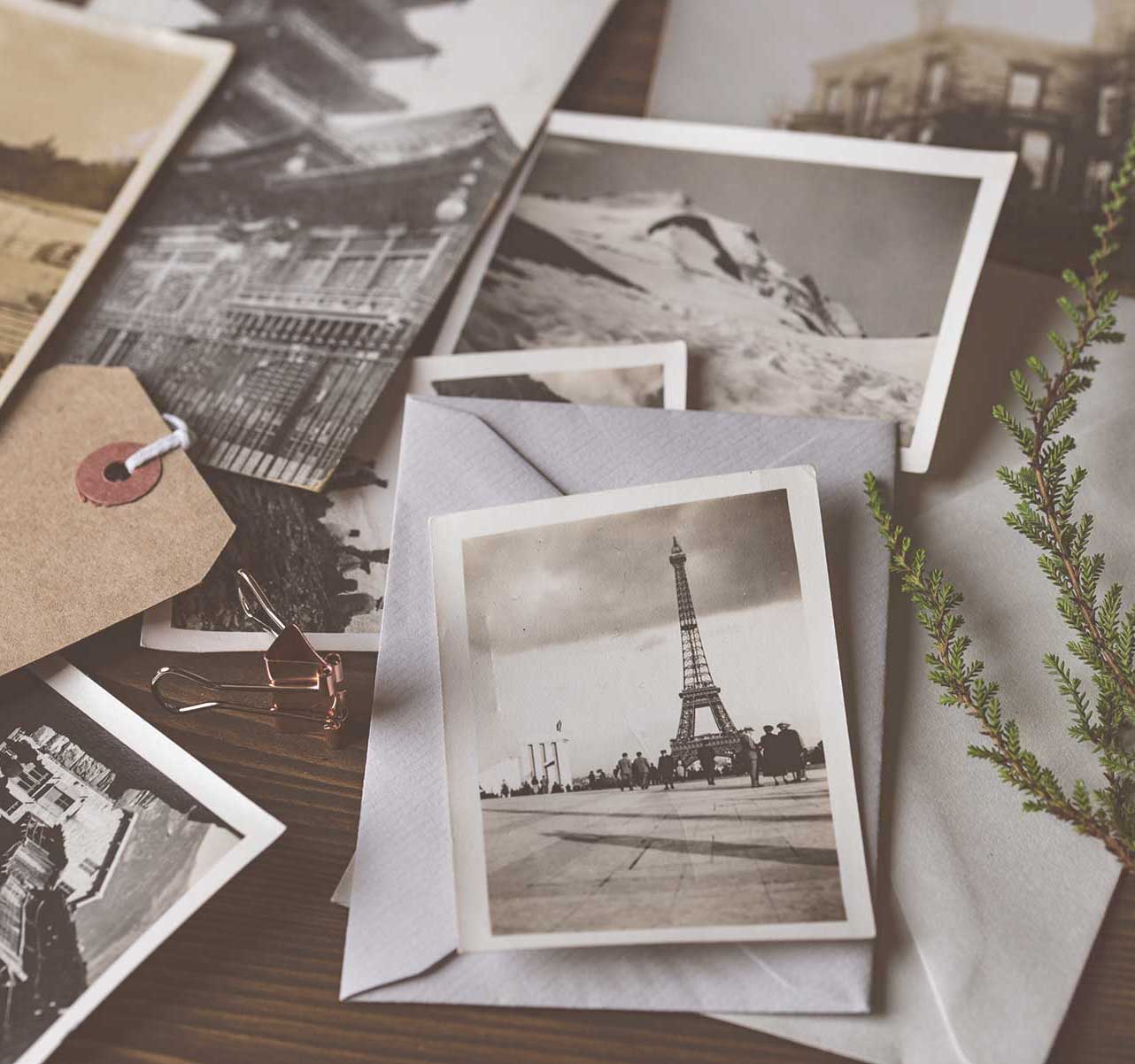
For me, photography is so much about being present in the moment and keenly observing what is happening. Obviously, observation skills are rather important in our creative process and photography gives us the opportunity to hone this skill. So often, we are zipping through life and not really paying much attention to the small, exquisite details. These missed moments are ripe with inspiration for our creative minds so if you don’t already, consider exploring photography as a potent skill to add to your artistic tool bag. The more you stop and observe, the more your art skills will develop.
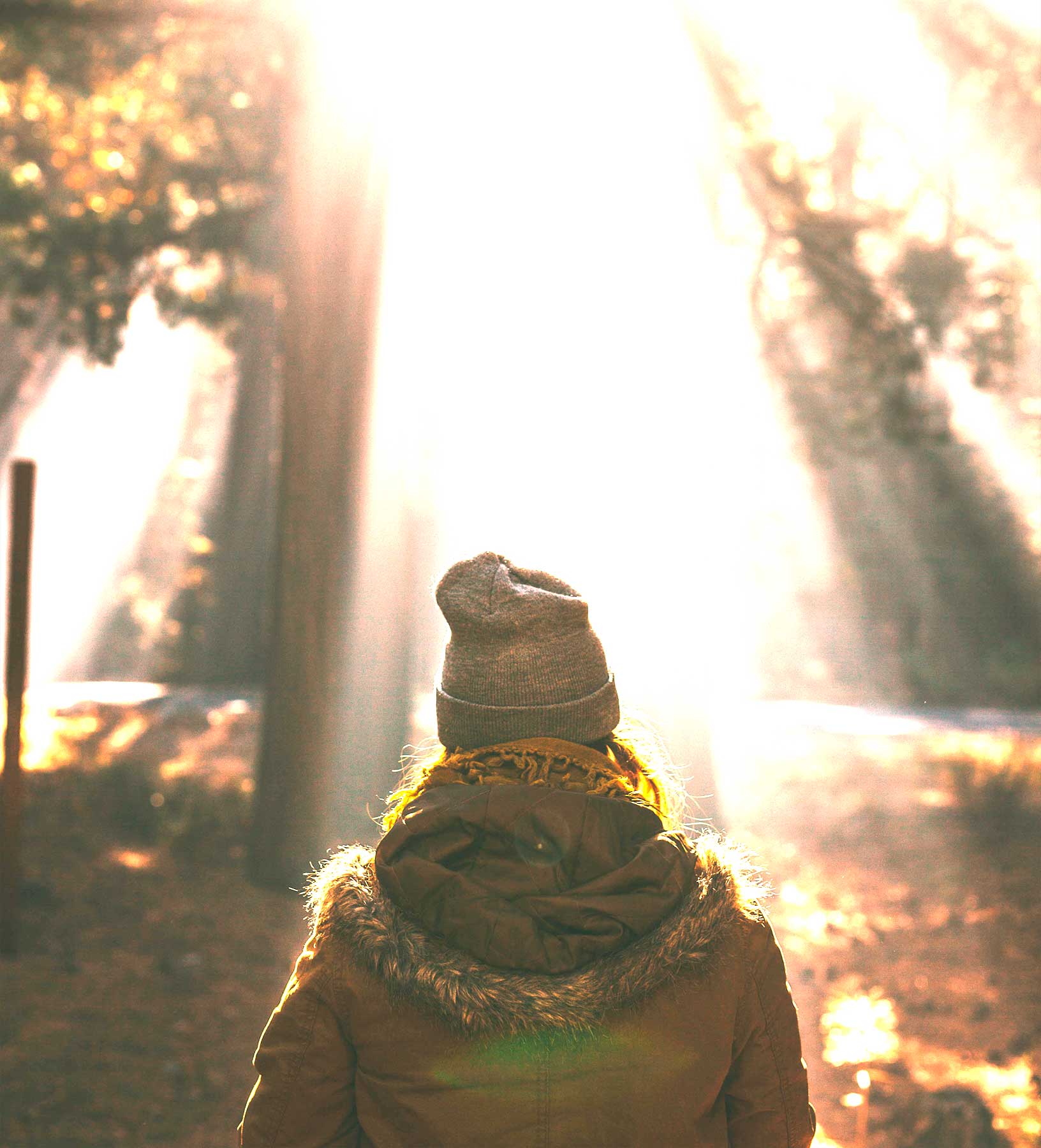
I am sharing this beautiful Meditation from one of my favorite meditation masters - Rachel Hillary. I think photography can expand how we see and interact with our world. It creates expansion beyond the mundane…much like this meditation.
Rachel will share a little about this experience -
Are you ready to go on a journey? This is a simple but powerful meditative experience to reconnect you to your true self, who you are beyond the stories, beyond your persona, your true essence, found in the feeling space, the expanse.
lots of love,
Rachel
After you have created your beautiful Winter Solstice Altar take some photographs of it. Get up close and try different angles and lighting. Hint - Use the Portrait mode on your iPhone (if you have one) to get lovely bokeh and depth of field effects.
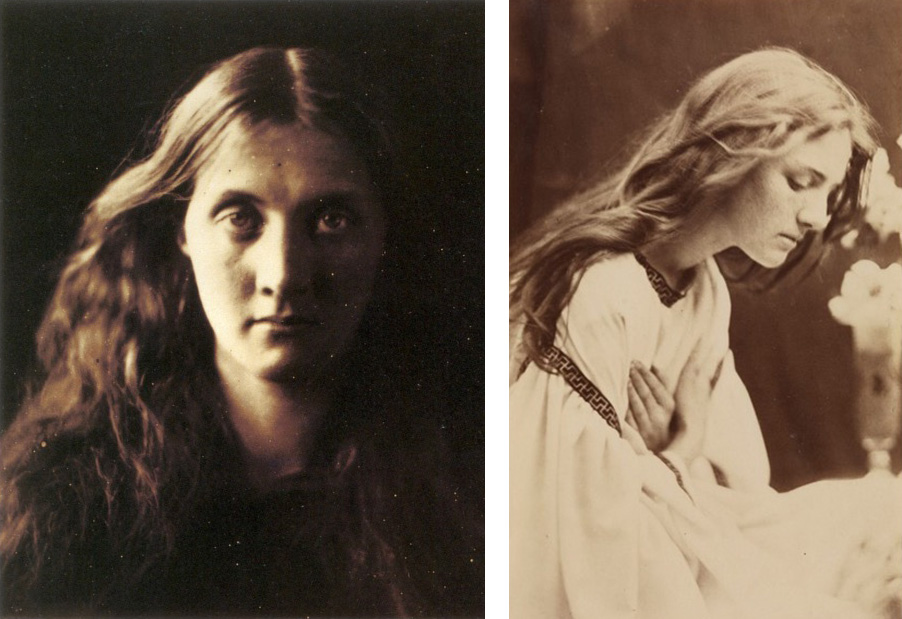
This month, I am inspired by the gorgeous, soft photographs of our Master Artist of the month, Julia Margaret Cameron. Sometimes shades of gray and sepia can just be so beautiful. Working in tones like these helps us focus on value over color - so vitally important in our work as artists. So, let’s keep it simple this month and work in monotones to honor the art of black-and-white photography and the subtle beauty and complexity of light and shadow. Feel free to add sparks of gold or another metallic if you are feeling especially inspired. I always love that pairing.

As always, work with colors that call to you and never doubt your creative intuition. Your colors may look entirely different and that’s ok.
Each month we will have a positive affirmation. I recommend you print out this affirmation and put it in your sketchbook or somewhere in your studio. Recite the affirmation out loud each time you show up to create. Saying words aloud is powerful and can begin to re-write some of our own limiting beliefs or calm our fears. Try it now…
For this issue, I had to obviously choose a Master Photographer and I have always had a deep appreciation for Julia Margaret Cameron’s photos. They are dreamy, emotional, and evocative. As an artist, who often works from photo references, her’s have crossed my intersection of inspiration frequently. So I’m delighted to share more about her with you.
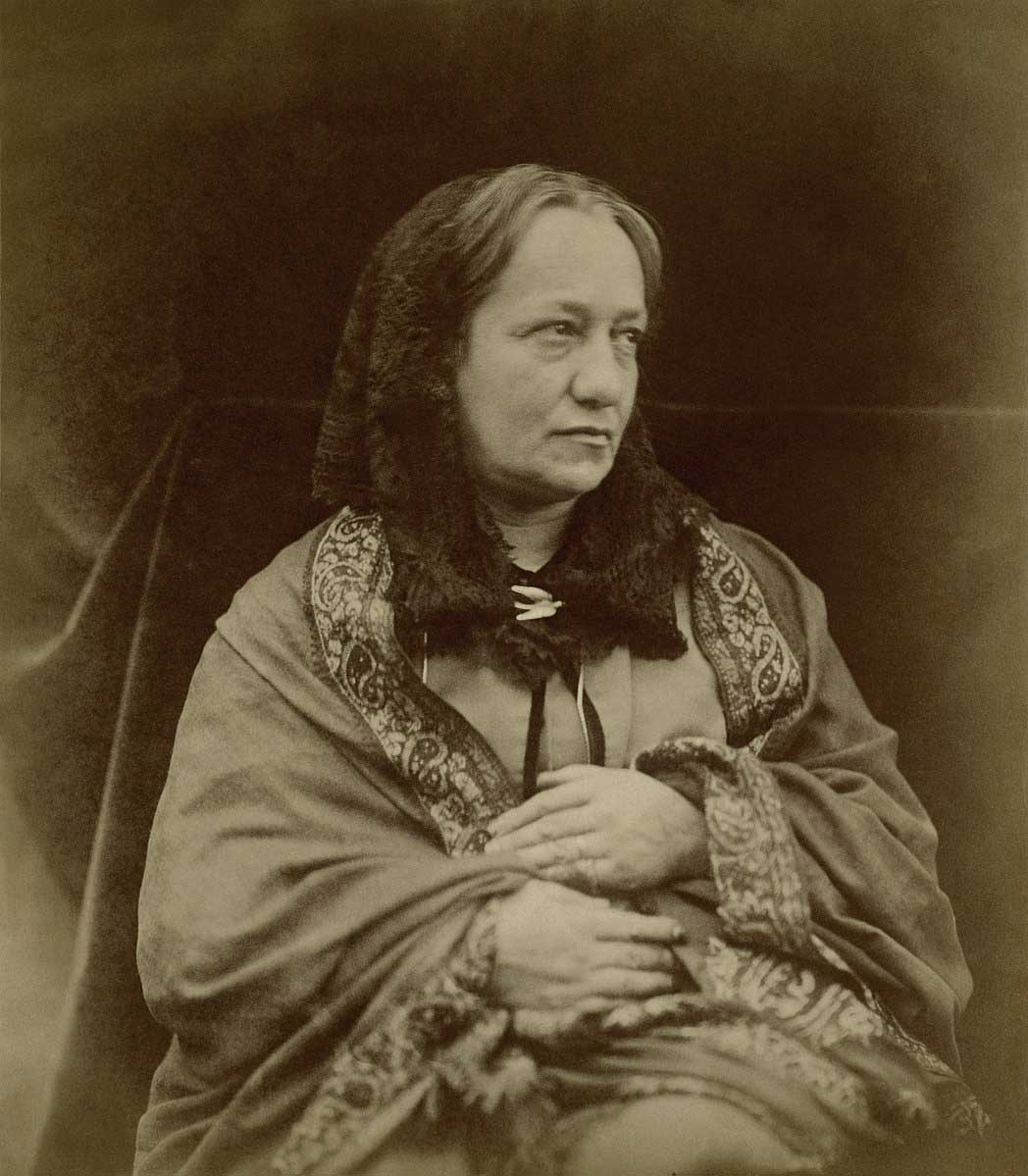
Julia Margaret Cameron (née Pattle; 11 June 1815 – 26 January 1879) was a British photographer who is considered one of the most important portraitists of the 19th century. She is known for her soft-focus close-ups of famous Victorian men and women, for illustrative images depicting characters from mythology, Christianity, and literature, and for sensitive portraits of men, women and children.
After establishing herself first among Calcutta's Anglo-Indian upper-class and then among London's cultural elite, Cameron formed her own salon frequented by distinguished Victorians at the seaside village of Freshwater, Isle of Wight.
After showing a keen interest in photography for many years, Cameron took up the practice at the relatively late age of 48, after her daughter gave her a camera as a present. She quickly produced a large body of work capturing the genius, beauty, and innocence of the men, women, and children who visited her studio at Freshwater, and created unique allegorical images inspired by tableaux vivants, theatre, 15th-century Italian painters, and the work of her creative contemporaries. Her photography career was short but productive; she made around 900 photographs over a 12-year period.
Cameron's work was contentious in her own time. Critics derided her softly focused and unrefined images, and considered her illustrative photographs amateurish and hammy. However, her portraits of respected men (such as Henry Taylor, Charles Darwin, and Sir John Herschel) have been consistently praised, both in her own life and in reviews of her work since. Her images have been described as "extraordinarily powerful"[1] and "wholly original",[2] and she has been credited with producing the first close-ups in the history of the medium
Julia Margaret Cameron was born Julia Margaret Pattle on 11 June 1815, at Garden Reach, Calcutta, India, to Adeline Marie and James Peter Pattle.
James Pattle was a successful official from England who worked in India for the East India Company. Her mother was a French aristocrat and the daughter of Chevalier Ambrose Pierre Antoine de l'Etang, who had been a page to Marie Antoinette and an officer in the Garde du Corps of King Louis XVI.
Julia and her six sisters were known for their "charm, wit and beauty" and for being close, outspoken, and unconventional in behavior and dress. They favored Indian silks and shawls rather than the demure Victorian attire of other colonial women. All of the sisters were sent to France as children to be educated, Julia living there with her maternal grandmother in Versaille from 1818 to 1834, after which she returned to India.
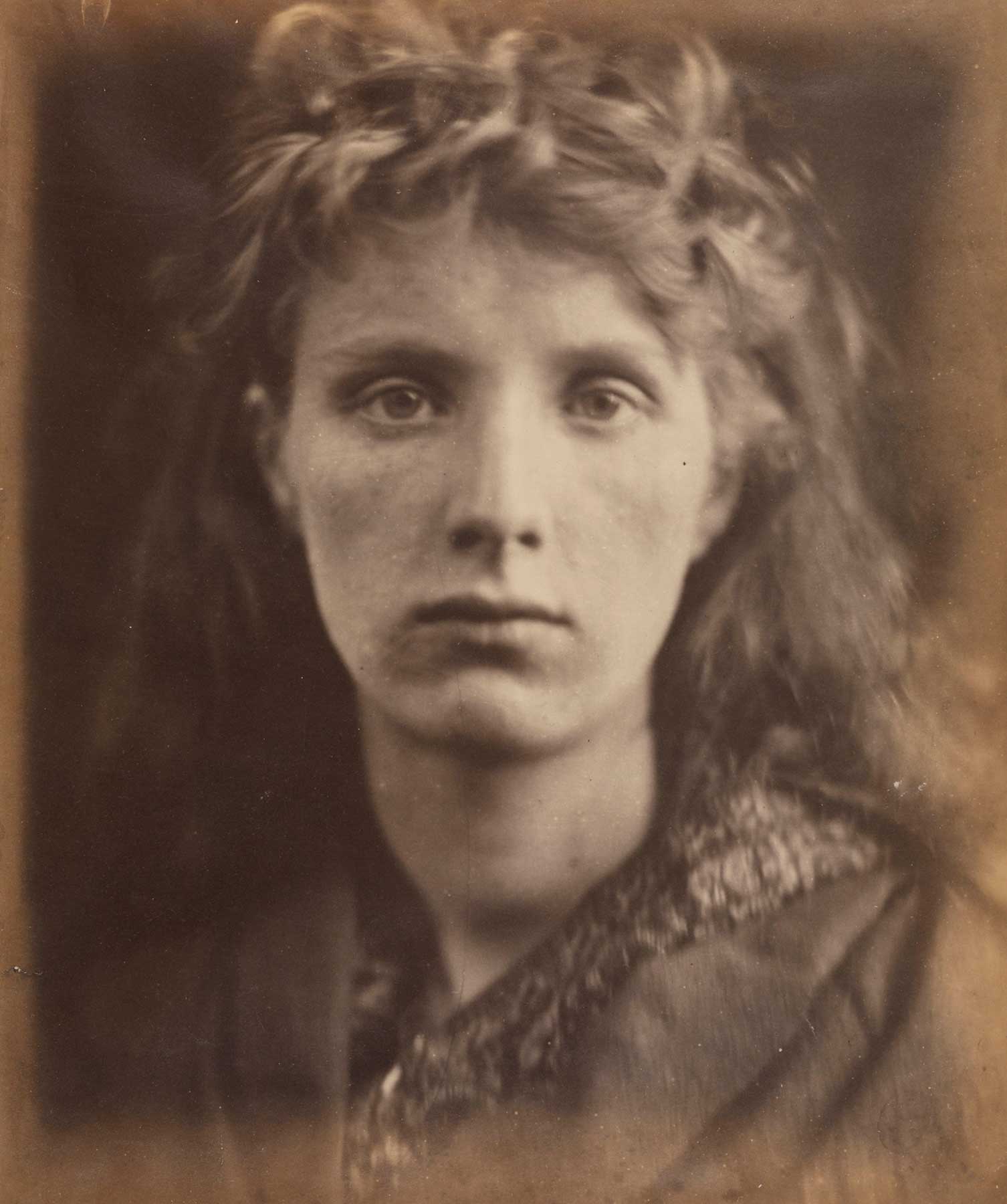
SOUTH AFRICA AND CALCUTA
In 1835, after suffering several illnesses, Julia visited the Cape of Good Hope in South Africa with her parents to recover. It was common for Europeans living in India to visit South Africa to convalesce after an illness.
While there, she met the British astronomer and photochemist Sir John Herschel, who was observing the southern celestial hemisphere. She also met Charles Hay Cameron, twenty years her senior and a reformer of Indian law and education who later invested in coffee plantations in what is now Sri Lanka.
They were married in Calcutta on 1 February 1838, two years after meeting] In December of that same year, Julia gave birth to their first child; Sir John Herschel was the godfather.
Between 1839 and 1852, they had six children, one of whom was adopted. In all, the Camerons raised 11 children, five of her own, five orphaned children of relatives, and an Irish girl named Mary Ryan whom they found begging on Putney Heath and whom Cameron used as a model in her photographs. Their son, Henry Herschel Hay Cameron, would also become a photographer.
Through the early 1840s—as the organizer of social engagements for the Governor-General, Lord Hardinge—Cameron became a prominent hostess in Anglo-Indian society. During this time she also corresponded with Herschel about the latest developments in photographic technology. In 1839, Herschel informed Cameron about the invention of photography. In 1842, he sent her two dozen calotypes and daguerreotypes, the first photographs she ever saw.
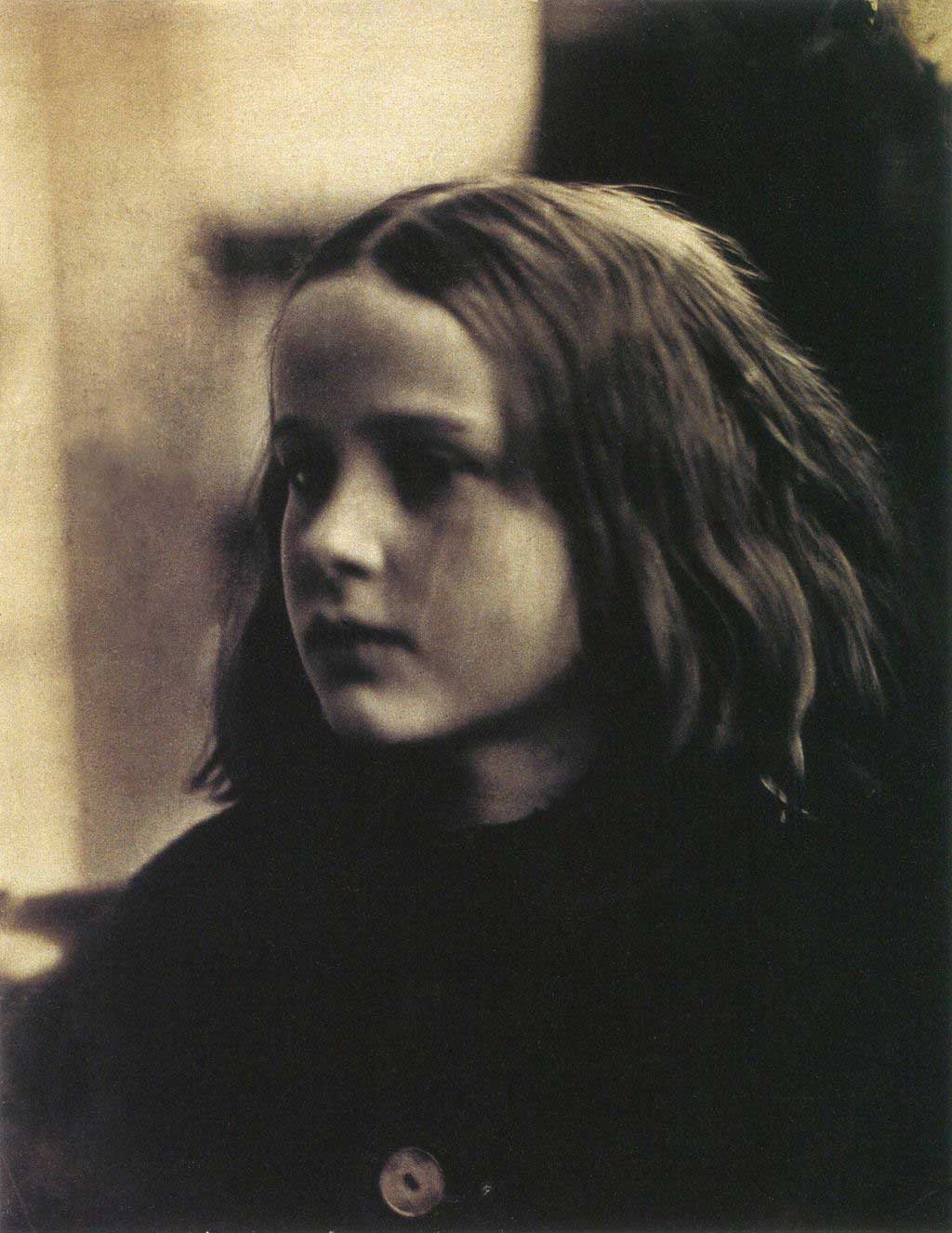
EARLY CAREER
Cameron showed an interest in photography in the late 1850s and there are indications that she experimented with making photographs in the early 1860s. Around 1863, her daughter and her son-in-law gave her her first camera (a sliding-box camera) as a Christmas present. Julia was 48 years old at that time. The gift was meant to provide a diversion while her husband was in Ceylon tending to his coffee plantations. Of the gift, her daughter stated "It may amuse you, Mother, to try to photograph during your solitude.”
After receiving the camera, she cleared out a chicken coop and converted it into studio space. Later, in an unfinished autobiographical manuscript titled Annals of my Glasshouse.
Cameron wrote:
I turned my coal-house into my dark room, and a glazed fowl house I had given my children became my glass house. The hens were liberated, I hope and believe not eaten. The profit of my boys upon new laid eggs was stopped, and all hands and hearts sympathised in my new labour, since the society of hens and chickens was soon changed for that of poets, prophets, painters and lovely maidens, who all in turn have immortalized the humble little farm. I began with no knowledge of the art... I did not know where to place my dark box, how to focus my sitter, and my first picture I effaced to my consternation by rubbing my hand over the filmy side of the glass.
On 29 January 1864 she photographed nine year old Annie Philpot, an image she described as her "first success". She sent the photograph to the subject's father with the note:
My first perfect success in the complete Photograph owing greatly to the docility & sweetness of my best & fairest sitter. This Photograph was taken by me at 1 p.m. Friday Jan. 29th. Printed—Toned—fixed and framed all by me & given as it is now by 8 p.m. this same day.
That same year, she compiled albums of her images for Watts and Herschel, registered her work and prepared it for exhibition and sale, and was elected to the Photographic Society of London, of which she remained a member until her death and where she displayed work at yearly exhibitions.
Though Cameron took up photography as an amateur and considered herself an artist, and despite never making commissioned portraits nor establishing a commercial studio, she thought of her photographic activity as a professional endeavor, actively copyrighting, publishing, and marketing her work. Her family did not see substantial profits from their coffee plantations in Ceylon and Cameron may have been looking to bring in some money with her photography. The portraits of celebrities and the high volume of her photographic output also suggest commercial aspirations.
In 1865, she became a member of the Photographic Society of Scotland and arranged to have her prints sold through London dealers. She presented a series of photographs, The Fruits of the Spirit, to the British Museum, and held her first solo exhibition in November 1865. Her prints generated robust demand and she showed her work throughout Europe, securing awards in Berlin in 1865 and 1866, and an honorable mention in Dublin.
Her photographic activity was supported by her husband. Cameron wrote: "My husband from first to last has watched every picture with delight, and it is my daily habit to run to him with every glass upon which a fresh glory is newly stamped, and to listen to his enthusiastic applause."
In August 1865, the South Kensington Museum, now the Victoria and Albert Museum, purchased 80 of her photographs. Three years later, the museum offered her two rooms to use as a portrait studio, essentially making her the museum's first artist-in-residence.
She produced images of Thomas Carlyle and John Herschel in 1867. By 1868, she was generating sales through P. & D. Colnaghi and a second London agent, William Spooner. In 1869, she created The Kiss of Peace, which she considered her finest work. In the early 1870s, Cameron's work matured. Her elaborate illustrative tableaux involving religious, literary, and classical figures peaked in a series of images for Tennyson's Idylls of the King, published in 1874 and 1875, evidently at her expense. During this time, she also wrote Annals of my Glass House, an unfinished memoir recounting her photographic career.
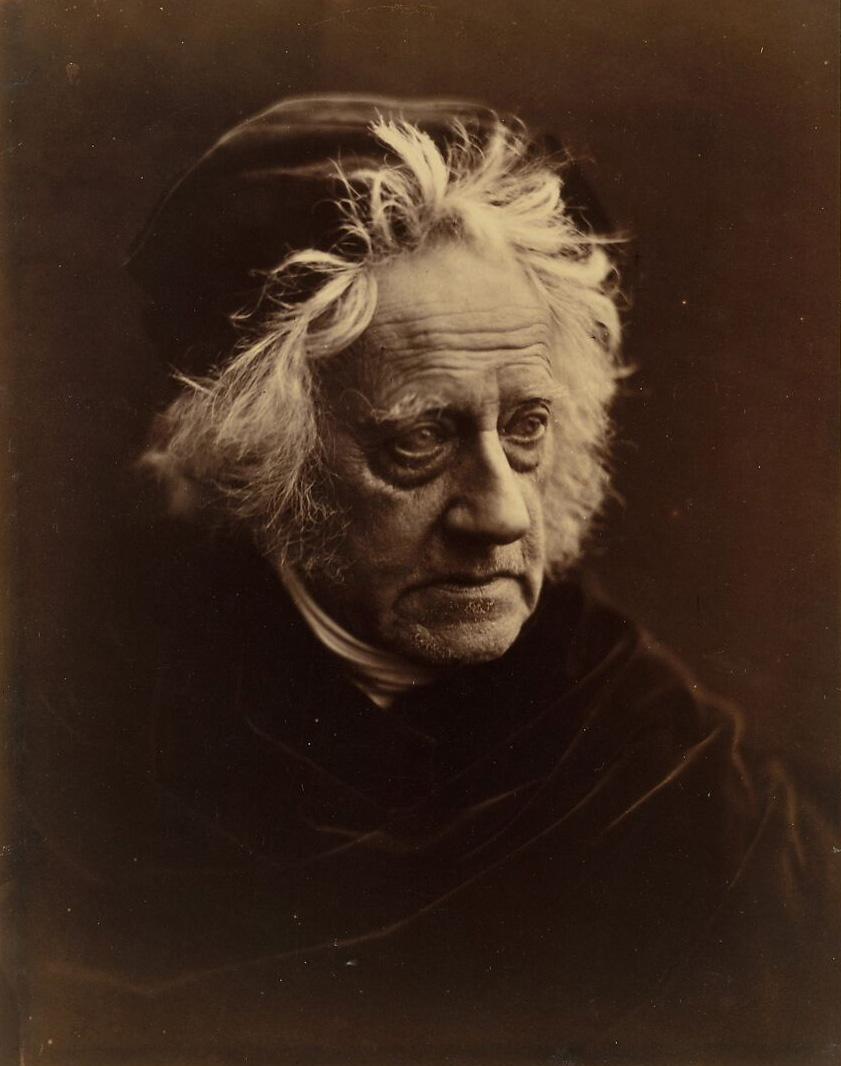
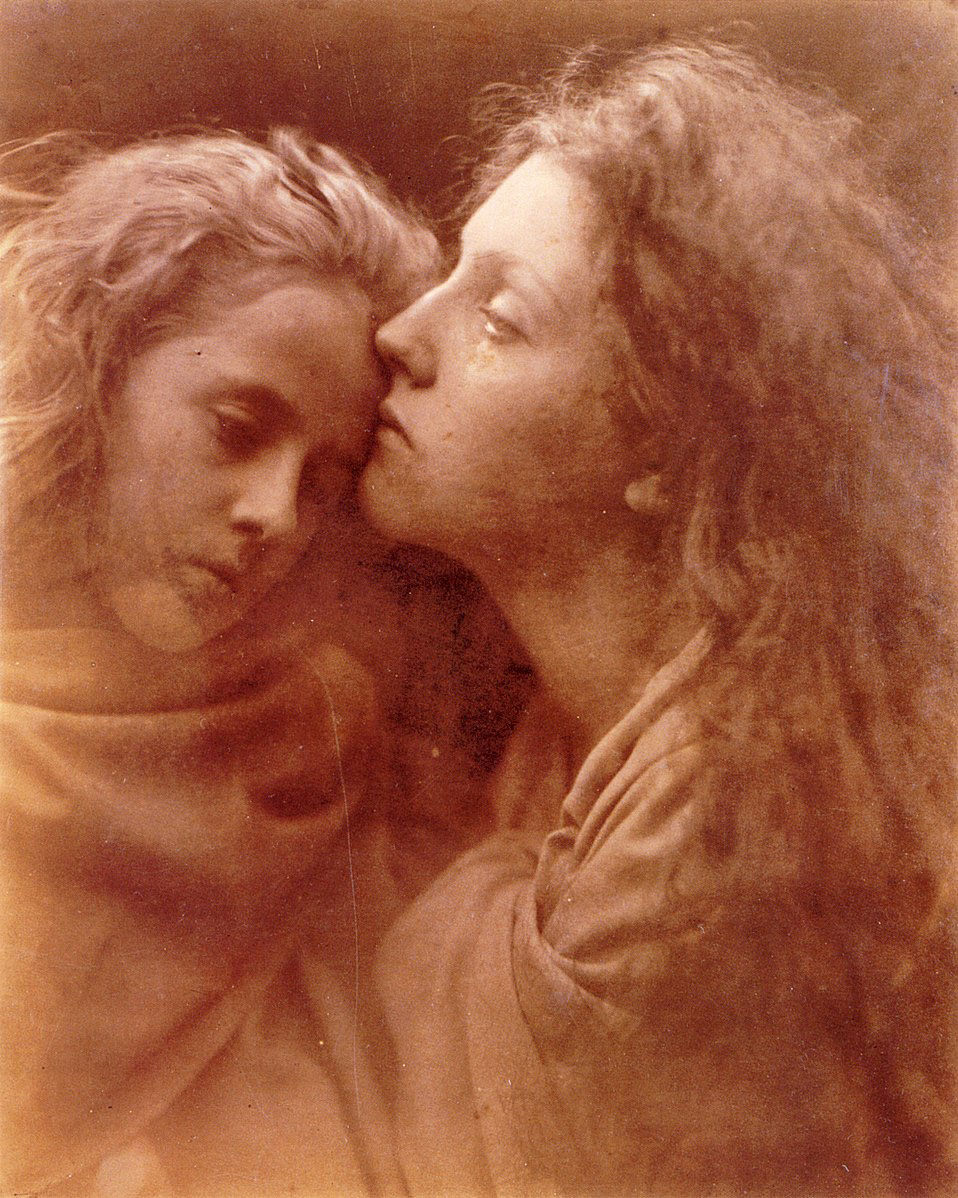
In October 1873, her daughter died in childbirth. Two years later, because of the lower cost of living and to be nearer to their sons who were managing the family coffee plantations. Cameron and her husband left Freshwater for Ceylon with "a cow, Cameron's photographic equipment, and two coffins, in case such items should not be available in the East”.
The move effectively marked the end of Cameron's photography career. Fewer than 30 images survive from this period. Cameron's output may have dropped in part because of the difficulty working with collodion in the insect-friendly heat where fresh water was less available for washing prints. In February 1876, Macmillan's Magazine published her poem, On a Portrait. The following year, her image The Parting of Sir Lancelot and Queen Guinevere appeared on the cover Harper's Weekly as a wood engraving.
After a short visit to England six months earlier, Cameron fell ill with a dangerous chill and died on 26 January 1879 at the Glencairn estate in Ceylon. It is often reported that her last word was "Beauty" or "Beautiful".
In her 12-year career, Cameron produced around 900 photographs.
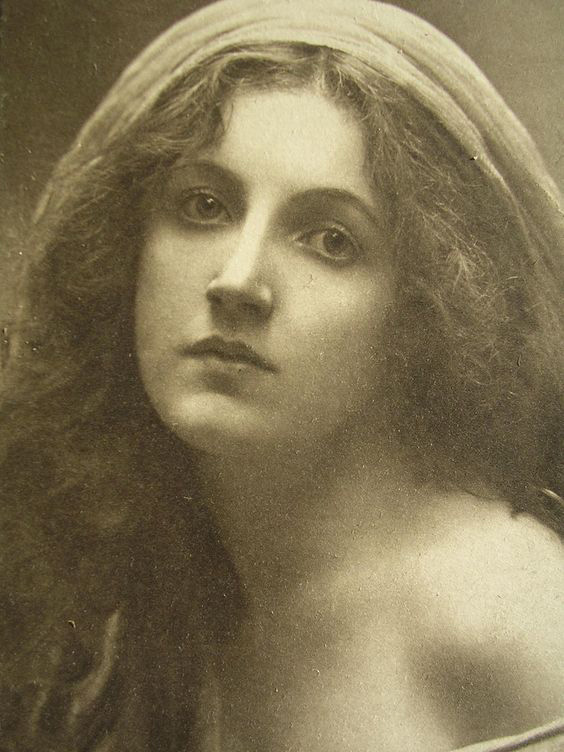
Cameron was an educated and cultured woman; she was a Christian thinker familiar with medieval art, the Renaissance, and the Pre-Raphaelites. The Old Masters also informed her work. Her compositions and use of light have been connected to Raphael, Rembrandt, and Titian.
John Herschel, who relayed to Cameron the news of the inventions of photography by Talbot and Daguerre, was an important influence on technique and the practicalities of the medium, as indicated in a letter Cameron wrote to the astronomer, "You were my first teacher and to you I owe all the first experience and insights.”
Perhaps the most important photographer to influence Cameron's work was David Wilkie Wynfield. Cameron's style of close-up portraits resembling Titian may well have been learned from Wynfield, since she took a lesson from him and later wrote "I consult him in correspondence whenever I am in difficulty". Much like Cameron, Wynfield published an album of soft-focus portraits of friends dressed up as characters from history or literature. The press compared their photographic work and noted the similarities in style and their consideration of the medium as fine art. She later wrote that "to my feeling about his beautiful photography I owed all my attempts and indeed consequently all my success".
Cameron's portraits are partly the product of her intimacy and regard for the subject, but also intend to capture "particular qualities or essences—typically, the genius in men and beauty in women".
Cameron herself indicated her desire to capture beauty. She wrote, "I longed to arrest all the beauty that came before me and at length, the longing has been satisfied" and "My aspirations are to ennoble Photography and to secure for it the character and uses of High Art by combining the real & Ideal & sacrificing nothing of Truth by all possible devotion to poetry and beauty."
Her female subjects were typically chosen for their beauty, particularly the "long-necked, long-haired, immature beauty familiar in Pre-Raphaelite paintings".
Cameron's photographs are generally placed into three categories: distinguished portraits of men, delicate portraits of women, and illustrative allegories based on religious and literary works.
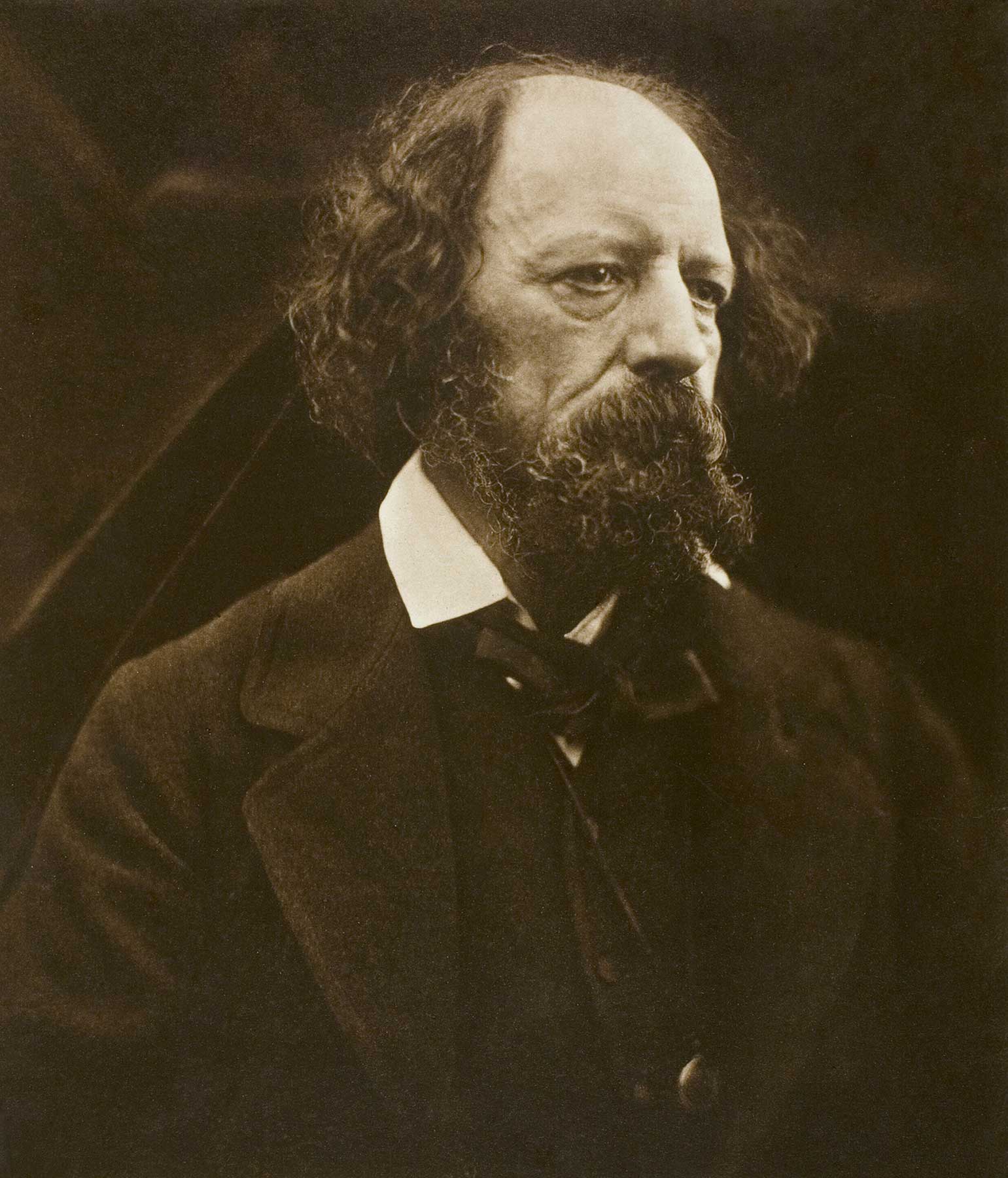
Cameron's portraits of men were a kind of hero-worship. To Thomas Carlyle, Cameron wrote "When I have had such men before my camera my whole soul has endeavored to do its duty towards them in recording faithfully the greatness of the inner as well as the features of the outer man. The photograph thus taken has been almost the embodiment of a prayer."
Most of these men are well-known scientists, writers, or clergymen of the Victorian era. Cameron turned to Old Master paintings and the contemporary idea — based in phrenology — of the ideal "type" to capture the greatness that she perceived in these eminent Victorian individuals. Her aspiration to record this greatness resulted in powerful images displaying a masterly command of chiaroscuro that resulted in "the finest and most revealing gallery of eminent Victorians in existence".
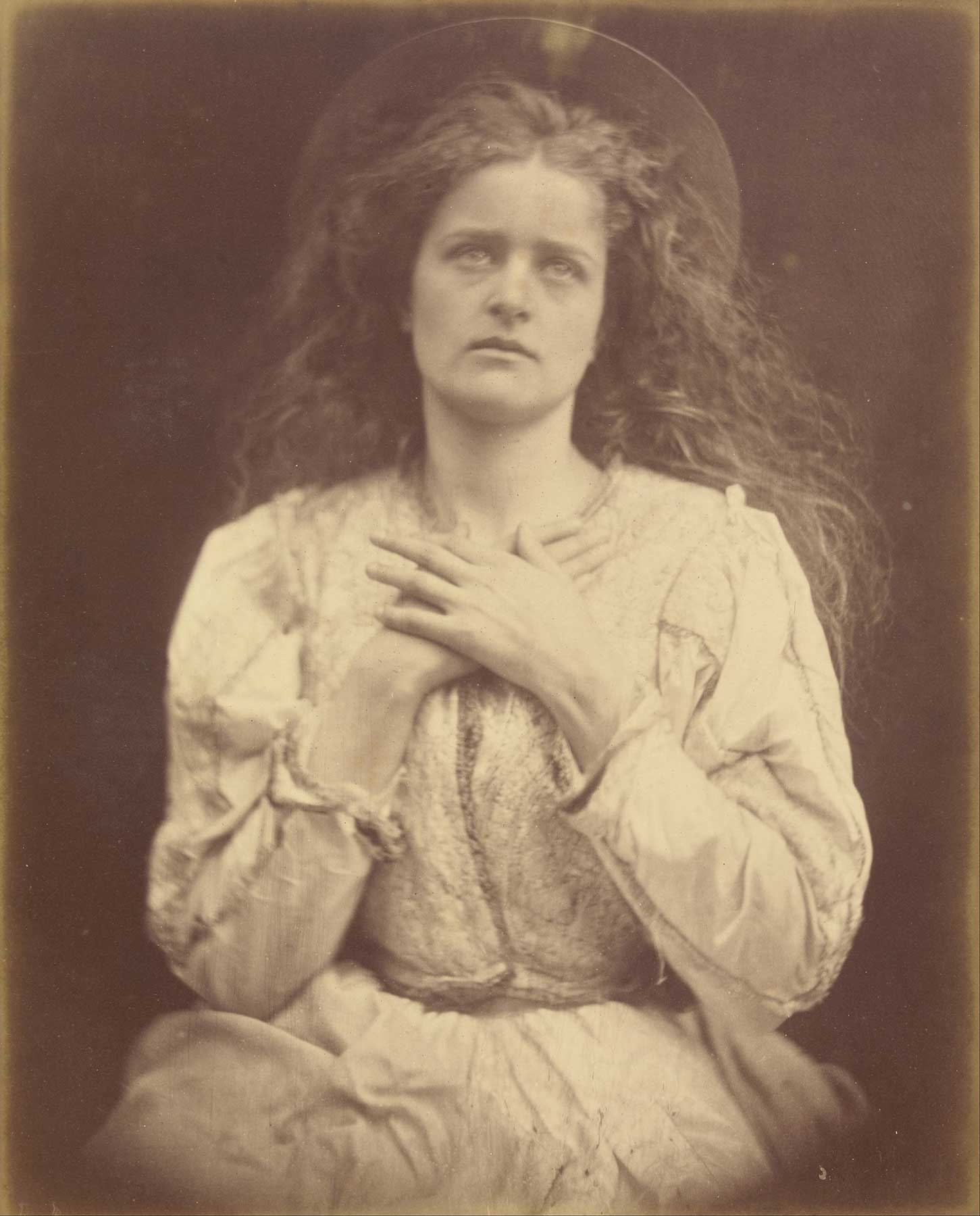
Her images of women are decidedly softer than those of men. With less dramatic lighting and a more typical distance between the sitter and the camera, these images are less dynamic and more conventional than her images of men.
Cameron almost exclusively photographed younger women, never making a portrait even of her neighbor and good friend Emily Tennyson. According to a biographer of Charles Darwin, Cameron refused to take a picture of Darwin's wife, saying that "no woman must be photographed between the ages of eighteen and seventy."
Her mature photographs of women are noted for their subtle but suggestive representation of the obscurity and malleability of female identity. Many of her images of young women obscure their individuality and represent their identity as multifaceted and changeable by showing them "in pairs, or reflected in a mirror... frequently expressive of a deep ambiguity and anxiety."
• Gertrude Käsebier
• Dorothea Lange
• Lee Miller
• Imogen Cunningham
• Claude Cahun
• Margaret Bourke-White
Even if you don’t consider yourself a photographer, why not get out, take your phone or favorite camera and take a photo walk. These kinds of outings are perfect if you are feeling a little stuck in your creative process. Pay close attention to the beauty you see around you and take photos of anything that catches your eye. Afterward, go through your photos and maybe do some sketching or painting from your favorite captures.
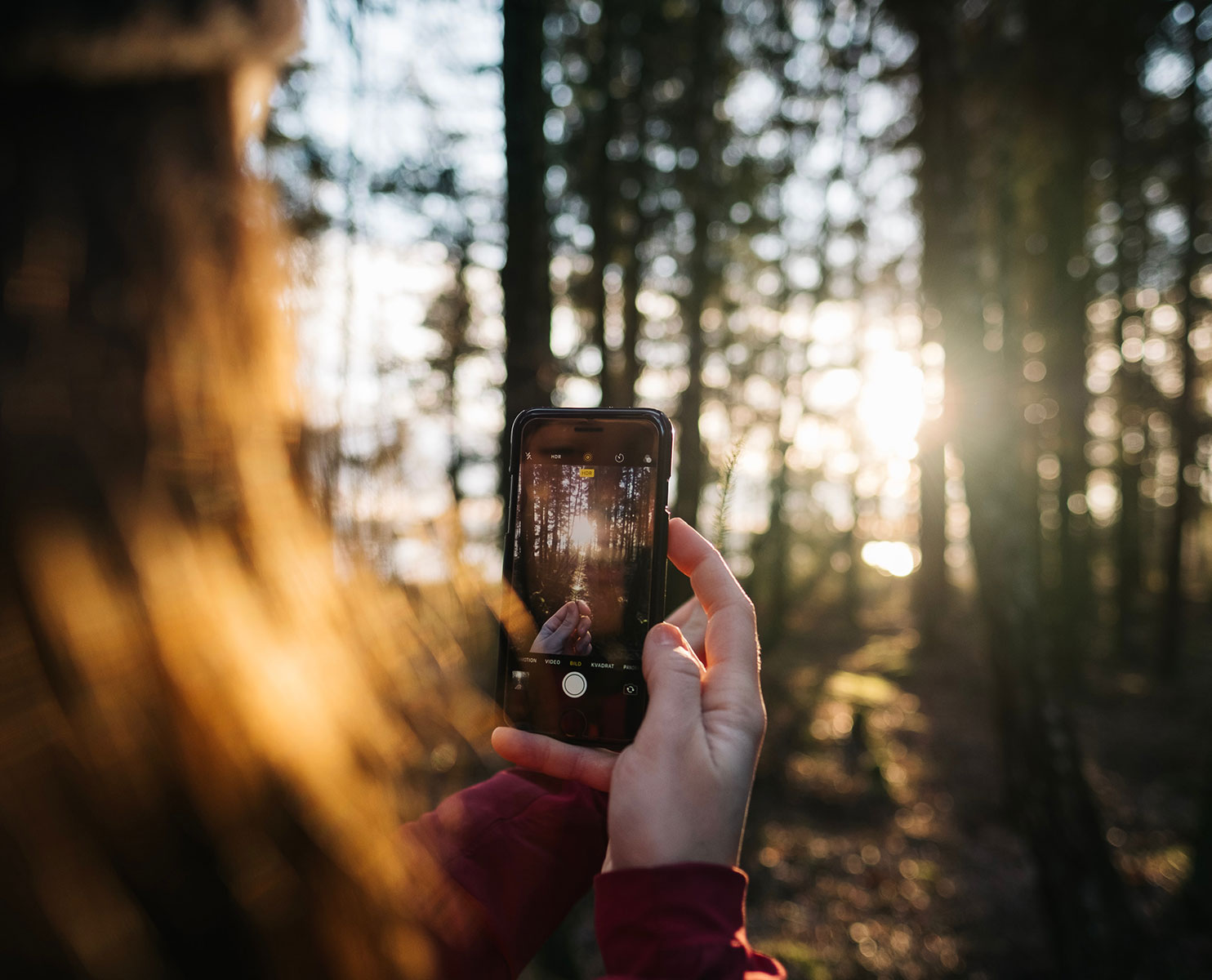
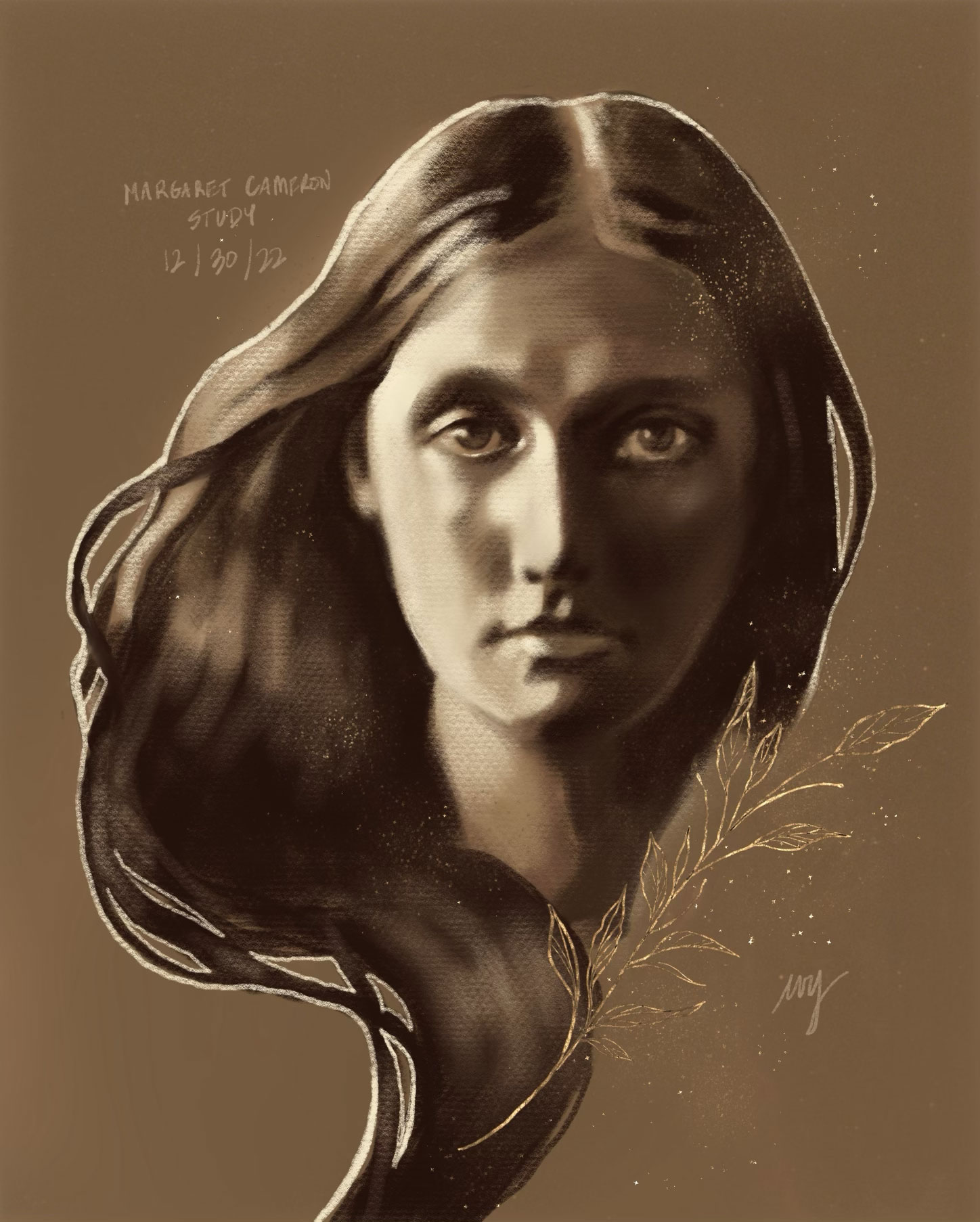
I really enjoy working from photographic references, I use royalty-free images of course, from Unsplash, primarily. Since Julia’s photos are listed as public domain we can freely use them as inspiration. Try your hand at sketching or painting from one of her atmospheric, emotional portraits or scenes. Or create a portrait inspired by her photographs. Use our palette of grays or sepias to create that soft, old-world look.
Have you ever played with all the fun photo editing tools/apps out there? It’s a great way to play with the photos you take and can further fuel your inspiration and creativity. You can even print out your edited photos and use them in collage or paintings. Play with some of the photographs, either one you have taken or royalty-free images, and play around with creating different looks. Some of my favorite apps for iOS are Distressed FX, Mextures, Lightleap, and Brushstroke.
I used Mextures to edit a photo of my daughter, Grace to get that soft focus, grainy feel of Julia Margaret Cameron’s photos. So fun!
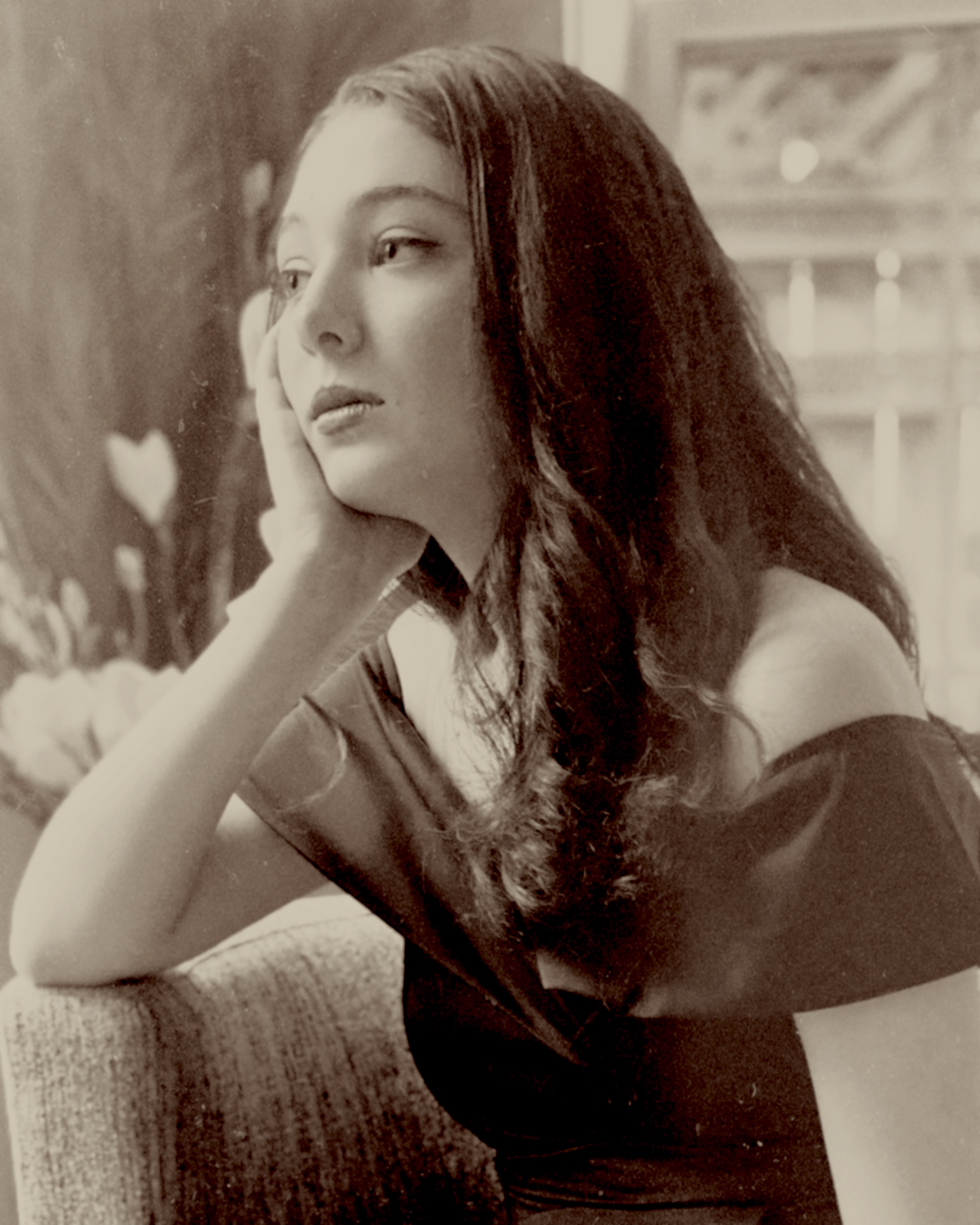
I love to dabble and play with all sorts of materials, techniques and COLORS of course! I find great inspiration from nature, Art History, travel, books and spirituality. I work in a range of hues but I am often drawn to deep blues and golden yellows. So that is why I chose this palette for our project together.
In our lesson, you will see me employ these colors using watercolors, watercolor pencils and a touch of soft pastel to create an expressive portrait. I work between these mediums to build color intensity, value and finally some delicate details and dashes of light!
I hope you enjoy this lesson and I can't wait to see what you create.
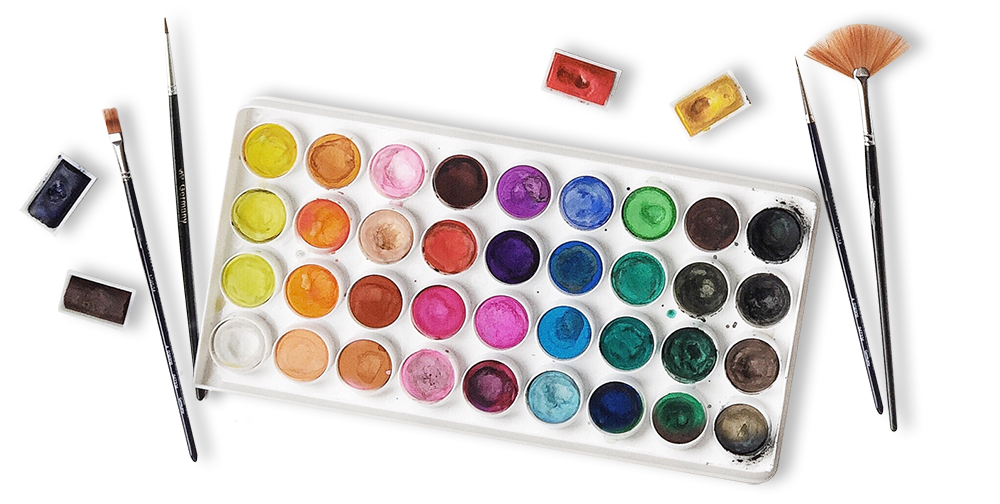
One of my favorite things to do is to curate inspiration. From Pinterest boards to books, resources, playlists and more - I love to share anything that might facilitate learning, expansion, and sparks of curiosity! Being an artist, we naturally crave these things so here are some of this month’s picks from me to you.
A delightful and visually pleasing 4 mins historical summary about our dear Julia Margaret Cameron -
More on Cameron from the V & A Museum-
I had so much fun curating this list. I hope you enjoy!!
Here are just a few of our fantastic classes! I highly recommend checking them out if you haven’t already. Enjoy!